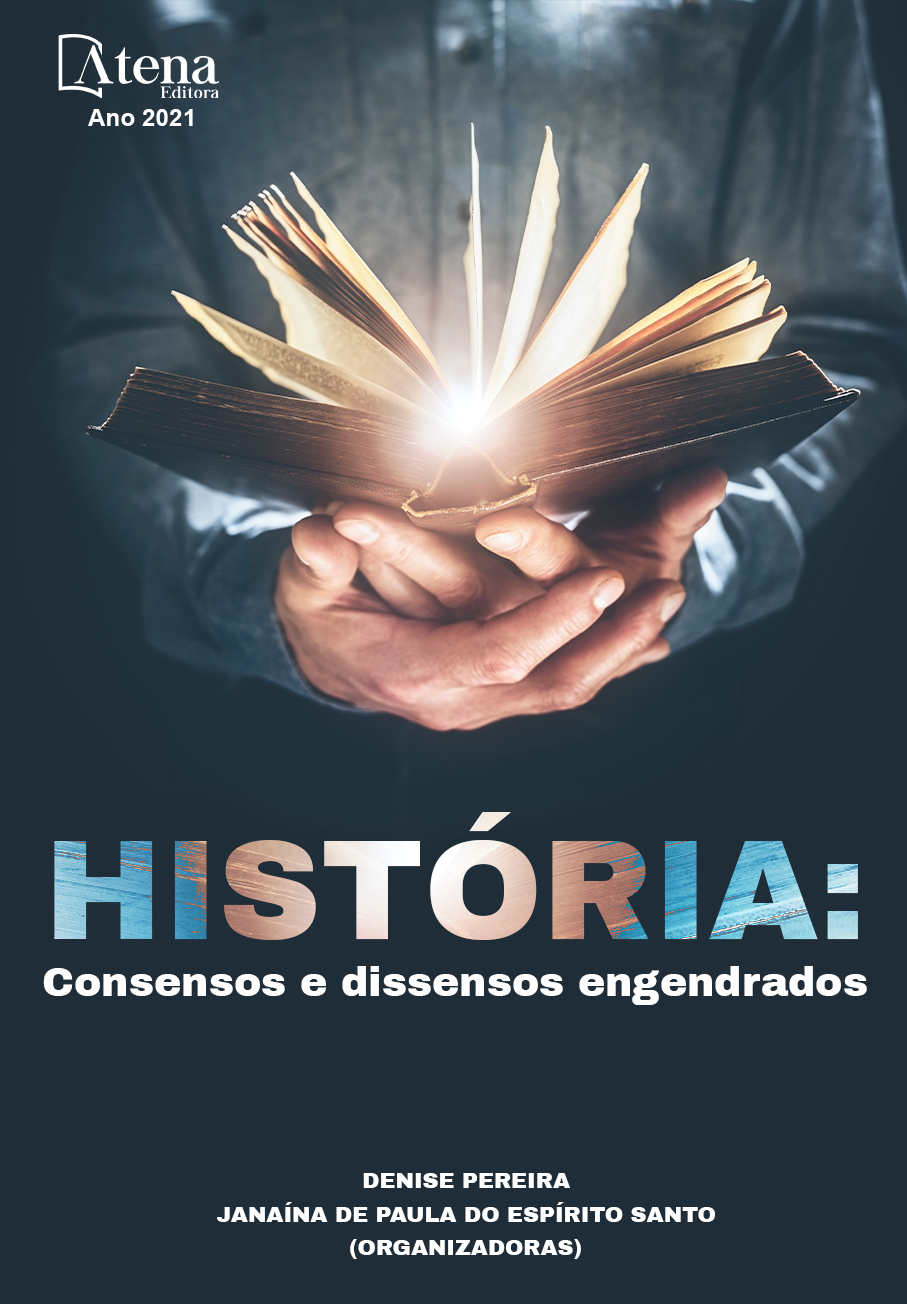
O Holodomor e suas representações a partir do jornal Chliborob
A imprensa ucraniano-brasileira se formou no início do século XX. O jornal Chliborob, fundado em União da Vitória, seria um dos produtos da trajetória dessa imprensa. Operando em Curitiba, ele busca principalmente noticiar os principais eventos ocorridos no país eslavo, assim como relembrar outros. A partir desse trabalho, nos propomos a explorar como o periódico atuou especificamente em sua tarefa de relembrar um dos principais eventos ocorridos na Ucrânia, o Holodomor, período de intensa fome e responsável por milhões de mortos. Situado nos anos de 1932-1933 sob o governo stalinista, ele atualmente ainda é considerado traumático tanto para a história do país, quanto para a comunidade ucraniana como um todo. Tendo em vista as limitações de tempo de um artigo, iremos aqui nos delimitar em suas edições do ano de 2009. Para isso utilizaremos de um arcabouço teórico que procure lidar tanto com os conceitos de representação e análise de discursos, quanto do acontecimento em si. Logo, autores referência nas discussões de tais ideias, como Pierre Bourdieu, e Roger Chartier, além de nomes que apontam para as especificidades ucranianas e da imprensa em questão, como Anderson Prado, Paulo Renato Guérios, Oksana Boruszenko, entre outros, serão aqui utilizados.
O Holodomor e suas representações a partir do jornal Chliborob
-
DOI: 10.22533/at.ed.31621280617
-
Palavras-chave: Chliborob; Ucrânia; Holodomor; imprensa; representações.
-
Keywords: Chliborob; Ukrain; Holodomor; press; representations
-
Abstract:
The ukrainian-brazilian press was formed in the start of the 20th century. The newspaper Chliborob, founded in União da Vitória, would be one of the products of the trajectory of this press. Operating in Curitiba, he mainly seeks to report the main events ocurred in the slavic country, as well as to remember others. In this work, we propose to explore how the periodic acted specifically in its task of remembering one of the main events ocurred in Ukrain, the Holodomor, a period of intense hunger and responsible for millions of deads. Situated in the years of 1932-1933 under de stalinist government, he actually is still considered traumatic for the country’s history, and for the ukrainian community as a whole. Taking into account the time limitations of an article, we will here delimitate ourselves in his editions of the year of 2009. For this we will utilize a theoretical framework that seeks to deal both with the concepts of representation and discourse analisis, as well as the event itself. Therefore, reference authors in the discussions of such ideas, like Pierre Bourdieu, and Roger Chartier, aside other names that point to the ukrainians specificities and the press in question, like Anderson Prado, Paulo Renato Guérios, Oksana Boruszenko, among others, will be here utilized.
-
Número de páginas: 12
- Henrique Schlumberger Vitchmichen


